SUMMARY
This is AI generated summarization, which may have errors. For context, always refer to the full article.
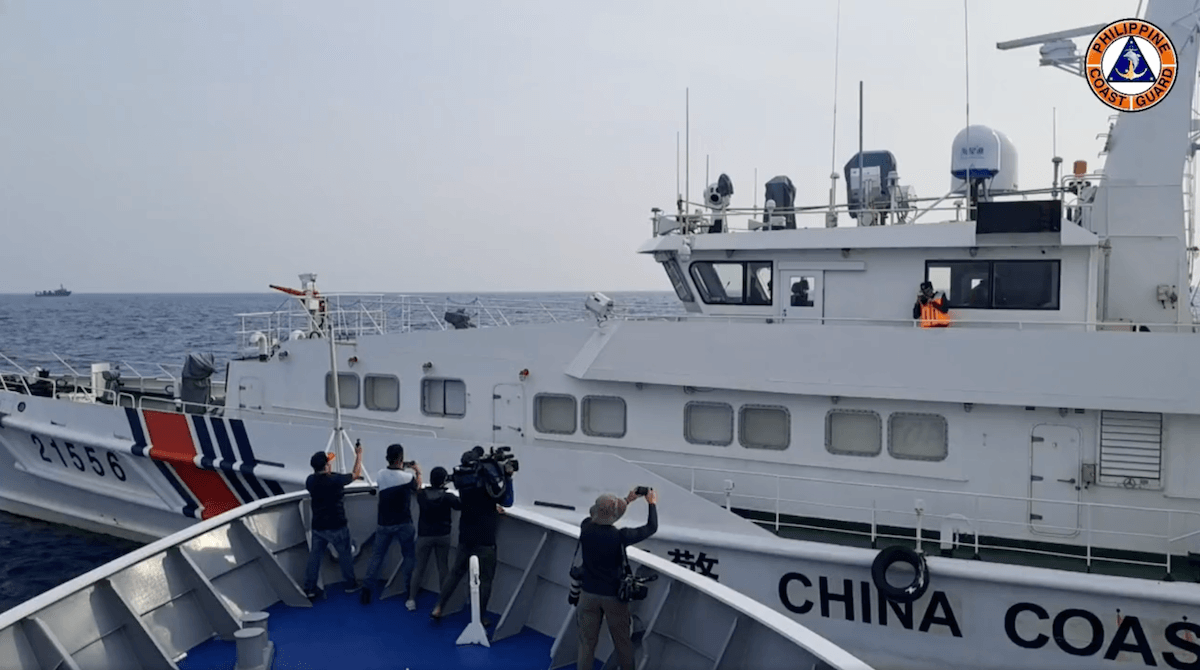
MANILA, Philippines – The Philippines’ National Coast Watch Center (NCWC) will have a new trick up its sleeve, after Ottawa and Manila signed a deal to give the Philippines access to Canada’s Dark Vessel Detection (DVD) System.
The deal was sealed in Ottawa, Canada on October 12, on the sidelines of the 6th joint commission for bilateral cooperation between the two countries.
Access will cost the Philippines nothing – the technology is a proprietary system of Canada and is not available for subscription. The system is a “space-based satellite monitoring and surveillance system” that taps information from several Canadian and commercial platforms, allowing it to locate ships that have, for one reason or another, turned off their automatic identification system (AIS) transponders.
The system, said an embassy official, includes satellites that use Synthetic Aperture Radar, radio frequency detection, optical, and other sensors.
“The DVD System is a program used to combat illegal, unreported and unregulated fishing (IUUF) by vessels who deliberately turn off their Automatic Identification System (AIS). It utilizes layered multi-sensor satellite data from both commercial and government-owned satellite assets to provide near real-time satellite imagery. It incorporates historical vessel information, environmental data, and analytics to support and facilitate analysis,” reads a release from the Philippines’ Department of Foreign Affairs.
Will it be able to detect even non-fishing vessels? According to a Canadian embassy official, the DVD “can and will detect the presence of any vessel in its assigned search areas.”
Both Canada and the Philippines have said the system would improve “maritime domain awareness” and battle illegal activities in the Philippines’ exclusive economic zone – in short, it would improve the way Filipinos can monitor their own waters.
While neither Filipino and Canadian officials will say it out loud, the dark vessel detection system is an invaluable tool as the Philippines becomes more assertive in defending its territory and asserting its claim over the West Philippine Sea, or parts of the South China Sea within its exclusive economic zone.
It’s especially useful since China, who claims most of the South China Sea as its own, is known for deploying what’s been called its maritime militia, a fleet of fishing vessels that fish in those waters but also help in the operations of the China Coast Guard.
Being able to detect ships that go “dark” on the AIS is also important in the West Philippine Sea – China Coast Guard ships have been known for turning off their AIS transceivers – even if this is not allowed under international conventions.
These moves are part of what’s been referred to as China’s “gray zone tactics.”
The NCWC is the implementing arm of the National Coast Watch Council, an inter-agency body that ensures “coordinated and coherent approach on maritime issues and maritime security operations towards enhancing governance in the country’s maritime domain,” according to Executive Order Number 57.
Members of the center include frontliners of the Philippines’ assertion of its rights and claims in the West Philippines Sea – the Philippine Coast Guard, the Navy, and the Bureau of Fisheries and Aquatic Resources, among others.
In the Philippines, the dark vessel detection system will be managed by both the National Coast Watch Center and the Fisheries and Oceans Canada.
Although the agreement between the Philippines and Canada was signed only in mid-October, preparations and discussions have long been ongoing. Canada is set to begin training Filipino operators, while “final preparations for deployment of the system are underway,” according to an embassy official.
Canada has stepped up its ties with the Philippines, especially when it comes to defense. Just before the 2023 edition of a year Philippine-US joint navy drill commenced, Ottawa sent to Manila a permanent defense attache.
The north American country is also a supporter of the Philippine wins in the 2016 arbitral award.
“We’ve made a number of statements over the last number of months as we’ve seen a rise in behaviors in the West Philippine Sea and the South China Sea that we have determined that are worrisome…. I will go back to the unclosed and the arbitrary, the arbitral decision. I think it’s very clear how we stand,” Canadian Ambassador David Hartman said in September 2023, when the HCMS Vancouver paid a visit to Manila ahead of the joint exercises. – Rappler.com
Add a comment
How does this make you feel?




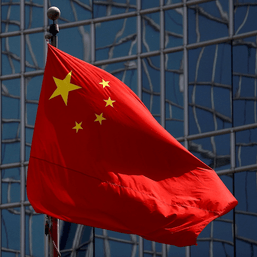





![[DOCUMENTARY] Our 15 kilometers: Small fishers fear losing municipal waters to big operators](https://www.rappler.com/tachyon/2023/12/our-15-kilometers-iuu-fishing-docu.jpg?resize=257%2C257&crop=279px%2C0px%2C720px%2C720px)
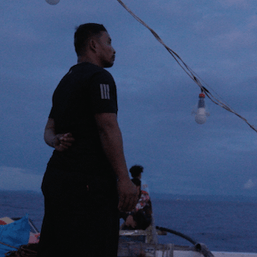
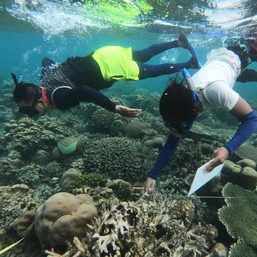
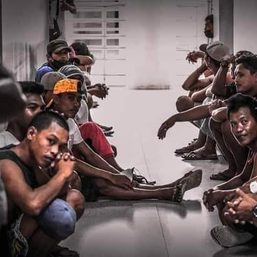










![[Just Saying] SONA 2024: Some disturbing points](https://www.rappler.com/tachyon/2024/07/TL-marcos-sona-points-july-23-2024.jpg?resize=257%2C257&crop=335px%2C0px%2C720px%2C720px)

There are no comments yet. Add your comment to start the conversation.